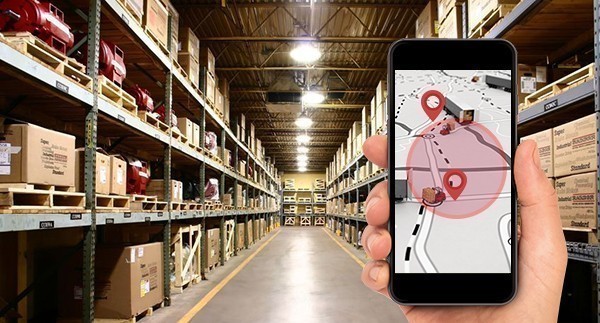If you’ve been to industry events or read tech-related news lately, you’ve probably heard the term “asset tracking” a lot. And that would make sense – fleet managers across the country and around the world have been investing in this technology to improve the efficiency and accuracy of their operations. But what exactly is it? And how does it actually work?
If you’re considering investing in an asset tracking system for your business, then read on. In this post, we’ll review the basics of asset tracking and explore how the technology actually works. By the end, you’ll be able to make an informed decision about whether or not asset tracking is right for your business.
What Is Asset Tracking?
An asset tracking system uses GPS and/or other location identifier tools to monitor and track the movement of assets. This can be done in real-time, meaning businesses can see where their assets are at any given moment and make changes or adjustments as needed.
Generally speaking, these systems are used to track high-value items or equipment that are critical to the operation of a business.
What Can Asset Tracking Be Used For?
There are a number of different applications for asset tracking. For example, many businesses use asset trackers to monitor and manage their fleet, which might include delivery trucks, company cars or even heavy machinery.
By tracking the location of these vehicles, businesses can optimize routes, ensure that drivers are sticking to their schedules and improve customer service.
Other businesses might use asset tracking to keep tabs on high-value inventory items, including electronics, tools or other equipment that is expensive to replace. Tracking these items can help businesses know where they are, who is using them and when they need to be serviced or replaced.
Asset tracking can also be used for security purposes. For example, some businesses use it to monitor company laptops or other devices that contain sensitive data. If a device is ever lost or stolen, the business can quickly track it down and prevent any sensitive information from falling into the wrong hands.
The Core Elements of Asset Tracking
Generally speaking, there are four core elements to most systems:
A tracking device
This is the physical piece of hardware that is attached to the asset. The tracking device collects data about the asset’s location, usage and other important information. The tracker transmits this data to the software, where users can assess the information and take action if necessary.
Asset tracking tools use a variety of different technologies. The most common is GPS, which uses a network of satellites to pinpoint the exact location of a tracking device.
Other tracking technologies include RFIDs, which use radio waves to track assets, barcodes, and cellular triangulation, which uses cell phone towers to approximate the location of a tracking device.
Software
This is the platform that businesses use to view information about their assets, including location data, historical movement and more. Tracking software is generally accessed via a web-based portal or a mobile app.
Analytics and reporting tools
These features give businesses the ability to generate reports about their assets, identify patterns and trends, and make predictions about future use..
Integrations
Many asset tracking platforms offer integrations with other business software, such as customer relationship management (CRM) systems and accounting platforms. This can make it easier for businesses to track asset data alongside other important information.
How Do I Know Which Asset Tracking System is Right For My Business?
Asset trackers can be very simple, with just a few core features, or quite complex, with more sophisticated offerings. The best asset tracker for your business will depend on a number of factors.
The size of your business
Asset tracking is generally more complex for larger businesses, which have more assets to track and more people using the system. Smaller businesses, on the other hand, might only need a simple system with just a few core features.
In addition, the size of your business can change, which means the solution you choose should be scalable and adaptable.
The type of assets you need to track
Some businesses need to track very specific types of assets, such as vehicles or laptops. Others might need to track tools, office equipment and furniture. You should have an idea of what you want to track before making an investment.
From where you’ll be tracking your assets
The size and scope of your asset tracking solution will depend equally on the size and scope of your operations. Do you operate on a global scale, with vehicles and equipment scanning the globe? Or are you in a few locations in North America?
The solution you choose should be able to keep up with your operations, wherever they are, and leave room for growth, should you so choose.
Your budget
These systems can range in price from a few hundred dollars to several thousand dollars, depending on the features and scale of the system. Be sure to consider your budget when shopping around.
Asset tracking is essential for businesses of all sizes. By understanding how asset trackers work and what to look for in a tracking system, you can ensure you’re making the right choice for your business.
Still unsure? Contact your ZenduiT consultant today, and ask how asset tracking can benefit your operations.

